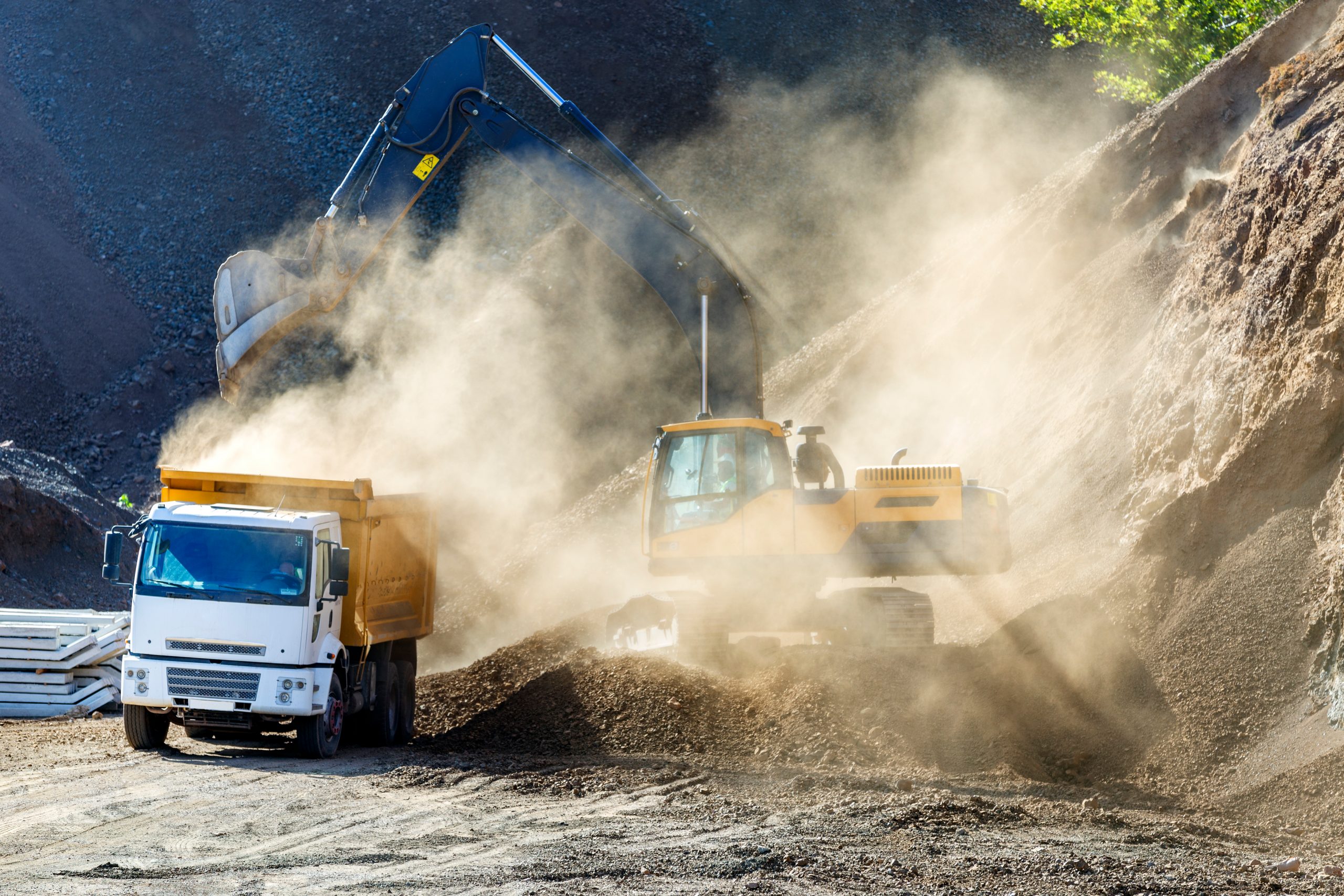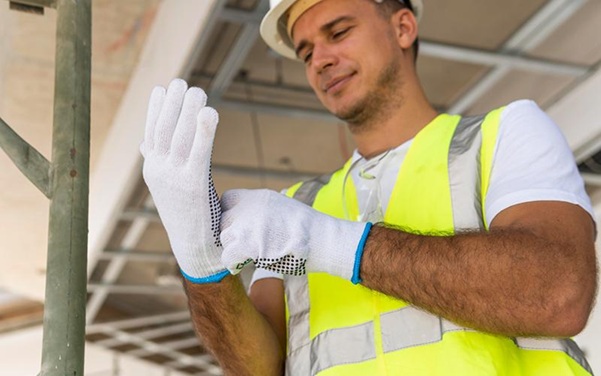Dust Control Challenges and Solutions in Urban Construction Projects

Urban construction projects are integral to city development, yet they come with many challenges, especially regarding dust control. The proximity to residential and commercial areas and strict regulatory requirements make dust control a critical aspect of urban construction. Addressing these challenges requires a multifaceted approach incorporating effective dust containment, regulatory compliance, and adaptive dust control strategies.
Here are several dust control challenges faced in urban construction projects and the effective solutions to address them.
High population density and proximity to sensitive areas
The leading challenges in urban construction are the high population density and proximity to sensitive areas such as schools, hospitals, and residential places. Dust generated from construction activities can adversely affect workers health, causing respiratory issues and other health problems. Moreover, dust can infiltrate homes and businesses, leading to complaints and potential legal action. To address this, construction projects must implement robust dust containment measures. Erecting physical barriers like fences, tarps, or temporary walls around the construction site can significantly reduce the spread of dust. Utilizing dust suppression techniques on bosstek.com, or even regularly spraying water on exposed surfaces can also help keep dust levels under control. These measures ensure that dust is contained within the site, minimizing its impact on the surrounding community.
Regulatory compliance
Urban construction projects are subject to stringent regulatory standards aimed at protecting public health and the environment. Compliance with these regulations can be challenging, especially when dealing with fluctuating weather conditions and varying stages of construction. To navigate these challenges, construction managers should develop a comprehensive dust control plan that aligns with local regulations. This plan should include regular monitoring of dust levels using real-time air quality sensors and maintaining detailed records of dust control activities. By staying proactive and transparent, construction projects can demonstrate their commitment to regulatory compliance and community well-being.
Limited space for dust control equipment
Urban construction sites often face space constraints, making it difficult to deploy large-scale dust control equipment. The limited space also restricts the movement of vehicles and machinery, increasing the likelihood of dust generation. These constraints necessitate innovative solutions to manage dust effectively without compromising the site’s operational efficiency. One solution is to use compact, mobile dust control units that can be easily moved around the site as needed. These units, equipped with misting systems or fog cannons, can effectively suppress dust without occupying much space. Additionally, implementing dust control measures at the source, such as using dust-collection systems on cutting and grinding tools, can significantly reduce dust emissions. This targeted approach ensures that dust control is effective even in space-constrained environments.
Environmental conditions
Weather conditions, such as wind and rain, can significantly impact dust control efforts. Wind can carry dust particles over long distances, exacerbating the spread of dust in urban areas. Conversely, rain can create muddy conditions that hinder construction activities and lead to secondary dust issues when the soil dries. To mitigate the effects of environmental conditions, construction sites should employ adaptive dust control strategies. For instance, during windy conditions, increasing the frequency of water spraying and using windbreaks or barriers can help reduce dust dispersion. By continuously adapting to changing weather conditions, construction projects can maintain effective dust control throughout the project’s duration.
Dust control in urban construction projects presents a unique set of challenges. Therefore, by implementing the right solutions, construction projects can minimize dust-related issues and protect public health. Additionally, the use of effective dust control not only ensures regulatory compliance but also enhances the overall success of urban construction projects.








